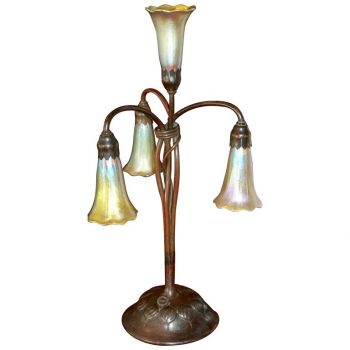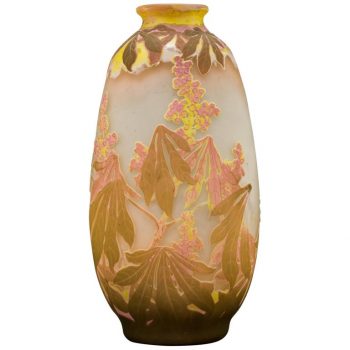Description
Eugène Boudin (1824-1898): Moulin du Perrey, Le Havre “Moulin Pres De La Riviere”.
This rather large mixed media drawing by Boudin was part of Arthur Brandt’s vast collection of impressionist art. World renowned for his ability to amass such a formidable collection of art. The scenic landscape depicts a lovely windmill (moulin) on an embankment next to the ocean or a nearby body or water in Le Havre.
Mixed-media: Charcoal, pencil and pastel on wove paper, circa 1848.
Signed: “E. Boudin” graphite lower right.
From the Collection of Arthur Brandt: Dr Brandt collected in all mediums, assembling one of the finest collections Impressionist, Surrealist and Dada paintings, sculpture, objects, works on paper and photographs. A dedicated and exacting collector, Brandt was originally introduced to the world of modern art by chance. As a longtime player of chess, Brandt unknowingly entered into a match with Marcel Duchamp in Washington Square Park. Brandt did not recognize Duchamp, but admired his hand-painted pipe and proposed they wager their pipes on the outcome of the game. After many more chess matches and cups of coffee at Café Grecco in Greenwich Village, Brandt ultimately learned the identity of the artist and would go on to collect many of his pieces. This served as the collector’s introduction to modern art, and he spent the next four decades passionately acquiring works belonging to the Dada and Surrealist movements, both in his native New York and in Europe.
Measures: Sheet 9.8 inches x 15.75 inches.
Frame 19 inches x 23.75 inches.
Provenance:
Ventes Dupuy Honfleur, France 1, 1, 2000 (Buyer; Arthur Brandt)
Doyle New York; Impressionist, Wed, May 10, 2017
Artcurial, Paris, February 22, 2006; The Collection of Arthur Brandt.
Condition: A loss lower right corner. A tear upper right sheet edge. Toning.
Eugène Boudin, (born July 12, 1824, Honfleur, France—died August 8, 1898, Deauville), one of the first French landscape painters to paint in the open air, directly from nature. His many beach scenes directly link the carefully observed naturalism of the early 19th century and the brilliant light and fluid brushwork of late 19th-century Impressionism.
Encouraged at an early age by the French landscape artist Jean-François Millet, Boudin studied briefly in Paris, where he became enamoured of the paintings of Jean-Baptiste-Camille Corot. Back on the Atlantic coast in 1853, Boudin began to paint the sea, his lifelong passion, making careful annotations on the backs of his paintings of the weather, the light, and the time of day. In 1858 he met Claude Monet, then only 18 years old, and persuaded him to become a landscape painter, helping to in still in him a love of bright hues and the play of light on water later evident in Monet’s Impressionist paintings.
Boudin exhibited with the Impressionists in 1874 but was not an innovator, and from 1875 onward he exhibited in the official Salon. Although his beach scenes sold well, he received little recognition until 1888, when the French government began to buy a few of his works for the Luxembourg Gallery. He eventually was generally recognized as a master and in 1892, when he was 68 years old, received the Legion of Honour.












